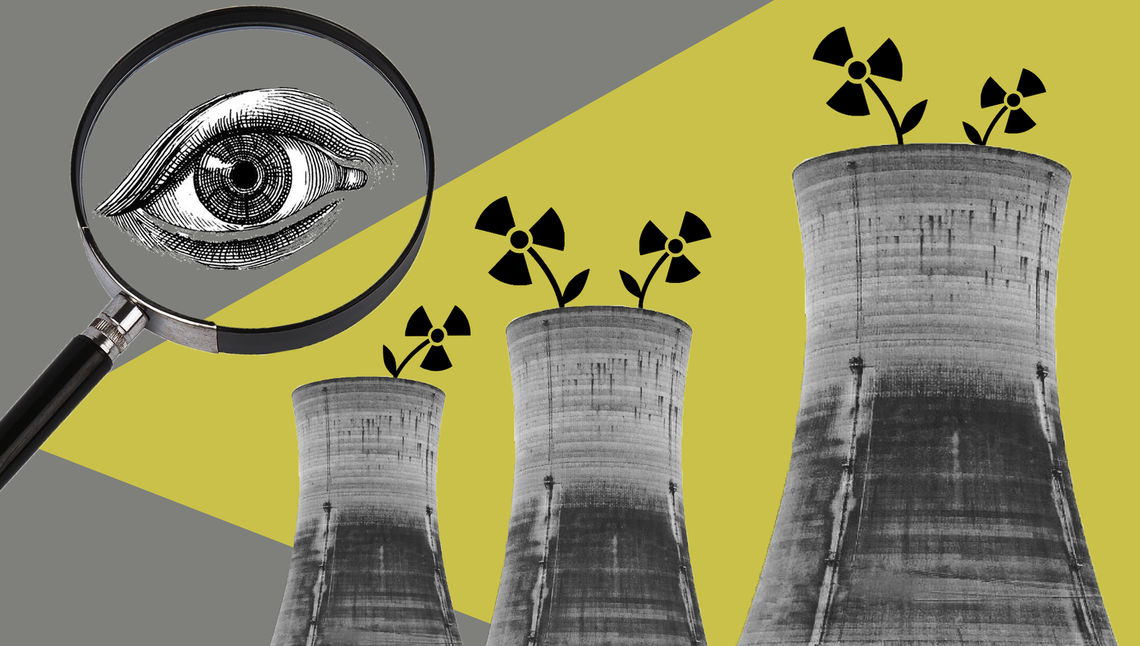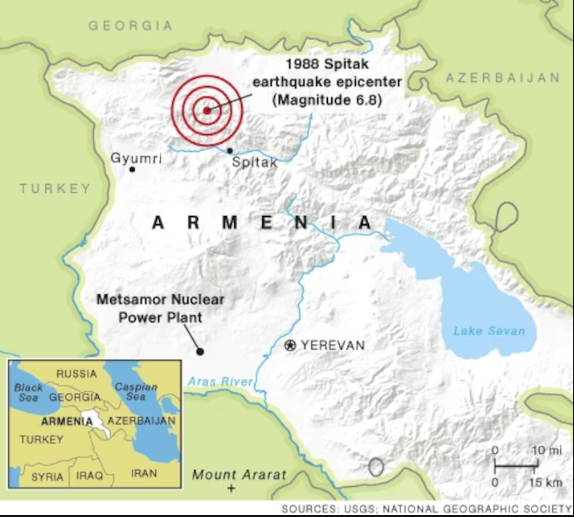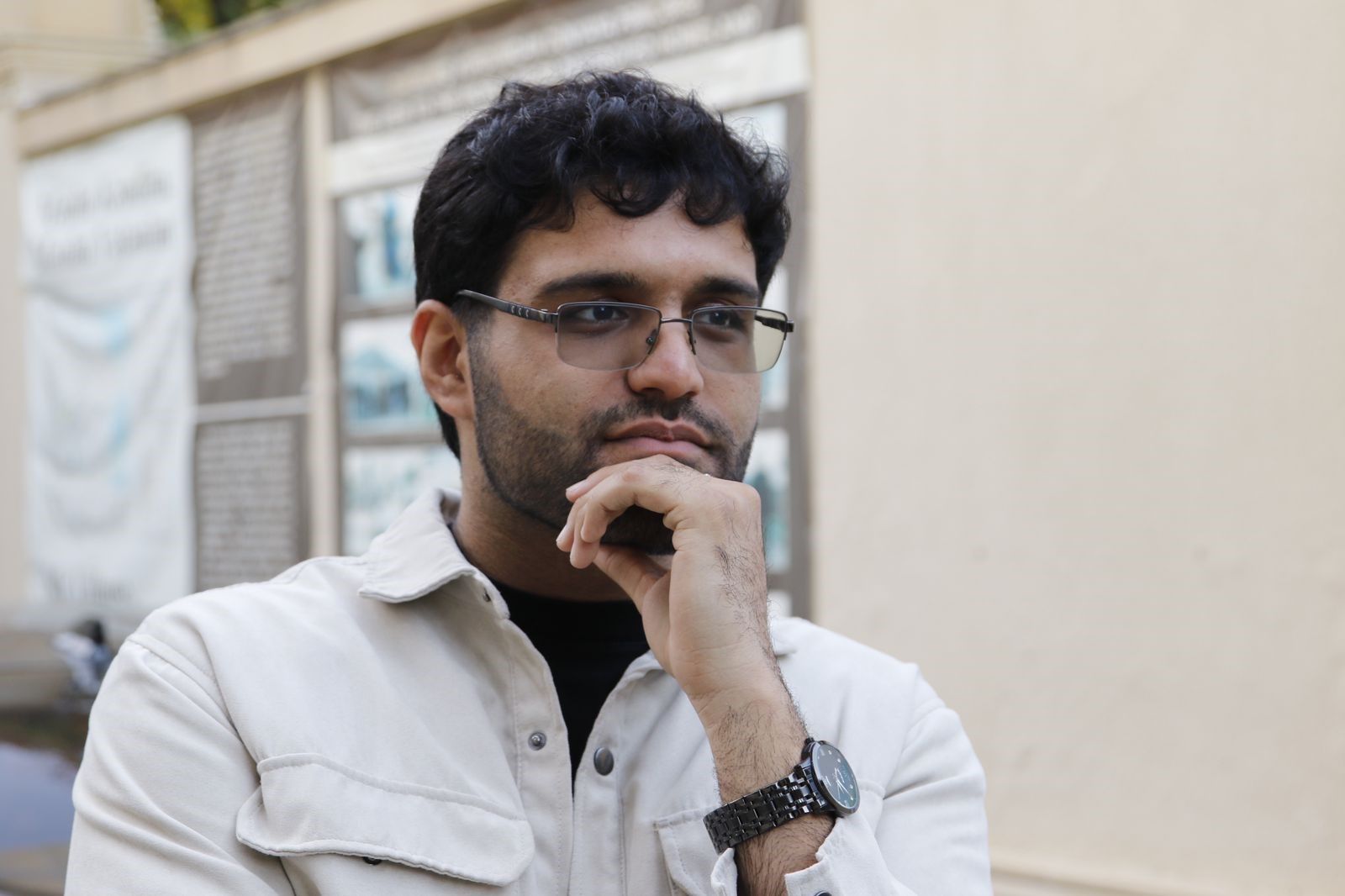Metsamor could trigger next global nuclear emergency and Armenians denying it

In recent days, several Armenian news channels (websites) have been engaged in a smear campaign, asserting that the Azerbaijani media has "falsely" highlighted the Metsamor nuclear power plant under the guise of "propaganda for the country's politics." They claim that Armenia's nuclear power plant does not pose any threat to the region and that the allegations against it are unfounded. However, Azerbaijan, Türkiye, and even Georgia have periodically asserted that this plant presents a significant threat and have repeatedly submitted resolutions to the International Atomic Energy Agency addressing their concerns. In this article, we will discover how problematic and valid the notion of posing a threat is, for Metsamor Plant.
According to EVN Report, the Metsamor Nuclear Power Plant has long drawn concern due to a combination of environmental, technical, and geopolitical factors that suggest it poses a latent risk. Situated in a seismically active region, Metsamor lies near several fault lines, including the Sardarapat Fault just 12 kilometers away. While designed under Soviet-era seismic standards, the plant operates in an area with the potential for magnitude-8 earthquakes—conditions the original design guidelines discouraged for nuclear facilities.
One of the most frequently cited issues is the plant’s outdated design. The currently operating reactor, Armenia-2, lacks a primary containment structure, a standard feature in later VVER models intended to prevent radioactive leaks during emergencies. A 2016 EU-commissioned stress test found that while the plant met basic structural requirements, key secondary safety systems—such as fire control and backup power—were not seismically resistant.
Waste management also remains a major unresolved issue. Armenia stores all of its spent nuclear fuel on-site in interim facilities, without a long-term disposal plan. This means that radioactive materials are being stored in the same seismic zone as the plant, increasing the risk of contamination should a natural disaster occur. Additionally, although there’s no direct evidence linking Metsamor to radiological smuggling, several intercepted attempts in the region have involved isotopes like Strontium-90 and Cesium-137—elements known to be stored in Armenia’s facilities. Their potential use in radiological weapons, such as dirty bombs, raises broader security concerns. International reactions have reinforced these fears. The European Union has referred to Metsamor as the “most dangerous nuclear plant in the world” and withdrew financial support for Armenia’s energy diversification after the plant’s closure was deferred. Comparisons to Fukushima—where layered failures led to catastrophe—underscore that even modern safety measures may not fully eliminate risk when multiple vulnerabilities converge. Although Metsamor plays a critical role in Armenia’s energy grid, its continued operation without significant upgrades or a clear long-term strategy intensifies questions about nuclear safety in the South Caucasus.
Moreover, in National Geographic's article, the legacy of the 1988 earthquake, which killed 25,000 people and devastated northern Armenia, looms large in the plant’s narrative.
Although Metsamor reportedly withstood the quake without visible damage, its shutdown at the time reflected deep unease about the risks posed by its proximity to fault lines. This unease has never fully disappeared. The combination of an aging Soviet-era design and a high-risk seismic zone continues to stir anxiety among international observers.

Global institutions have echoed these concerns. European and American officials have issued stark warnings about Metsamor’s safety profile, highlighting its outdated architecture and seismic vulnerability. While Armenia has declined external offers to decommission the plant in favor of maintaining its energy independence, the underlying structural limitations remain, regardless of upgrades.
Although Armenian authorities have undertaken hundreds of safety improvements since the 1990s—including seismic reinforcements and enhanced fire protection—many of these measures aim to adapt an inherently outdated design to modern expectations. The absence of a full containment dome and the ongoing reliance on a reactor model developed before 1970 highlight a core issue: structural modernity cannot be retrofitted into original designs intended for vastly different risk assumptions.
Talking to Azernews a research scholar of International Affairs, Paraguayan Studies, Middle East Studies and Latin American Affairs Peter Tase states that a catastrophe at Metsamor wouldn’t just be a local tragedy, it would be diminishing all the crucial corridor for East-West energy flows and etc:
"Perhaps in hindsight, building the Metsamor Nuclear Power Plant in an active seismic zone wasn’t very smart planning. In a world bristling with nuclear flashpoints—from the trenches of Ukraine to the Gulf’s powder keg—U.S. leadership in nonproliferation is again finding its voice. But amid this resurgence, one urgent danger continues to fly beneath Washington’s radar: the Metsamor Nuclear Power Plant in Armenia.
Just 22 miles from Türkiye and nestled within an active seismic zone, Metsamor is a Cold War relic—and a uniquely hazardous one. Built in the 1970s with Soviet engineering, the plant relies on a reactor design so outdated it lacks a containment vessel, a core component of modern nuclear safety. After a powerful 6.8-magnitude earthquake rocked Armenia in 1988, Metsamor was shuttered, only to be inexplicably restarted in the 1990s. Today, it hums along quietly, a nuclear time bomb embedded in the tectonic and geopolitical fault lines of the South Caucasus.
A catastrophe at Metsamor wouldn’t just be a local tragedy. The South Caucasus serves as a crucial corridor for East-West energy flows, channeling Caspian oil and gas to European markets while skirting Russia and Iran. A nuclear accident in Armenia wouldn’t stop at the border—it would send fallout across Türkiye and Georgia, imperil European energy infrastructure, and convulse global markets already rattled by geopolitical upheaval.
At least six rivers flow from Türkiye to Armenian territory then to Azerbaijan, potentially transporting pollutants downstream. Making big rivers such as Araz River as particularly vulnerable. But the risk is not just environmental. Metsamor is also a geopolitical lever—one firmly in Russia’s grip. Operated with assistance from Rosatom, Moscow’s state atomic agency, the facility gives the Kremlin a strategic foothold in the region. As the United States pushes back against Russian revanchism, Armenia’s continued dependence on Russian nuclear infrastructure represents a gaping blind spot.
Layered atop this is Armenia’s deepening partnership with Iran. Long before today’s headlines, Armenia quietly facilitated Tehran’s efforts to evade sanctions. A 2012 Reuters investigation found Armenian banks complicit in laundering Iranian funds and obscuring payment trails to evade Western scrutiny. In 2019, the U.S. Treasury sanctioned Yerevan-based Flight Travel LLC for aiding Mahan Air, an airline with ties to Iran’s Islamic Revolutionary Guard Corps.
That partnership has only deepened. In 2022, Tehran and Yerevan inked a deal to expand the North-South Transit Corridor through northern Iran—a project that may open new pathways for sanctions evasion. And just weeks ago, Iranian nationals reportedly sought safe haven in Armenia, underscoring Yerevan’s role as a logistical and economic backstop for the Islamic Republic.
Meanwhile, another issue festers beneath the surface: a troubling prevalence of antisemitic sentiment within Armenian society. In January, the Anti-Defamation League released its latest global index on antisemitism, which ranked Armenia among the highest in Europe. A staggering 57% of Armenians surveyed agreed with negative stereotypes about Jews—an even higher percentage than respondents in Iran. These aren’t fringe views; they are systemic, ideological pathologies that ought to raise alarms in Washington.
This is not just about offensive attitudes. When a country harboring high levels of antisemitism also controls a vulnerable nuclear facility—operated with Russian support and sitting on a geopolitical fault line—it becomes a strategic liability, not just a moral concern.
If the U.S. is serious about nuclear security, countering authoritarian influence, and reinforcing a rules-based order, then Metsamor demands its attention. The dangers posed by the plant are not theoretical—they are urgent, layered, and getting worse.
Principled leadership begins with consistency. Washington has shown it can lead on global nuclear norms, from multilateral diplomacy with Iran to containment strategies in North Korea. Metsamor should be next. That could mean partnering with the International Atomic Energy Agency to mandate stricter safety inspections, or offering Armenia a financial and technical off-ramp to decommission the plant.
Metsamor is not just a holdover from another era—it’s a slow-motion crisis. One that, if ignored, could erupt into a disaster felt far beyond Armenia’s borders. If the United States truly wants to preempt the next nuclear emergency, it must act while there’s still time."
Photo Source: EVN Report Magazine.
Here we are to serve you with news right now. It does not cost much, but worth your attention.
Choose to support open, independent, quality journalism and subscribe on a monthly basis.
By subscribing to our online newspaper, you can have full digital access to all news, analysis, and much more.
You can also follow AzerNEWS on Twitter @AzerNewsAz or Facebook @AzerNewsNewspaper
Thank you!

